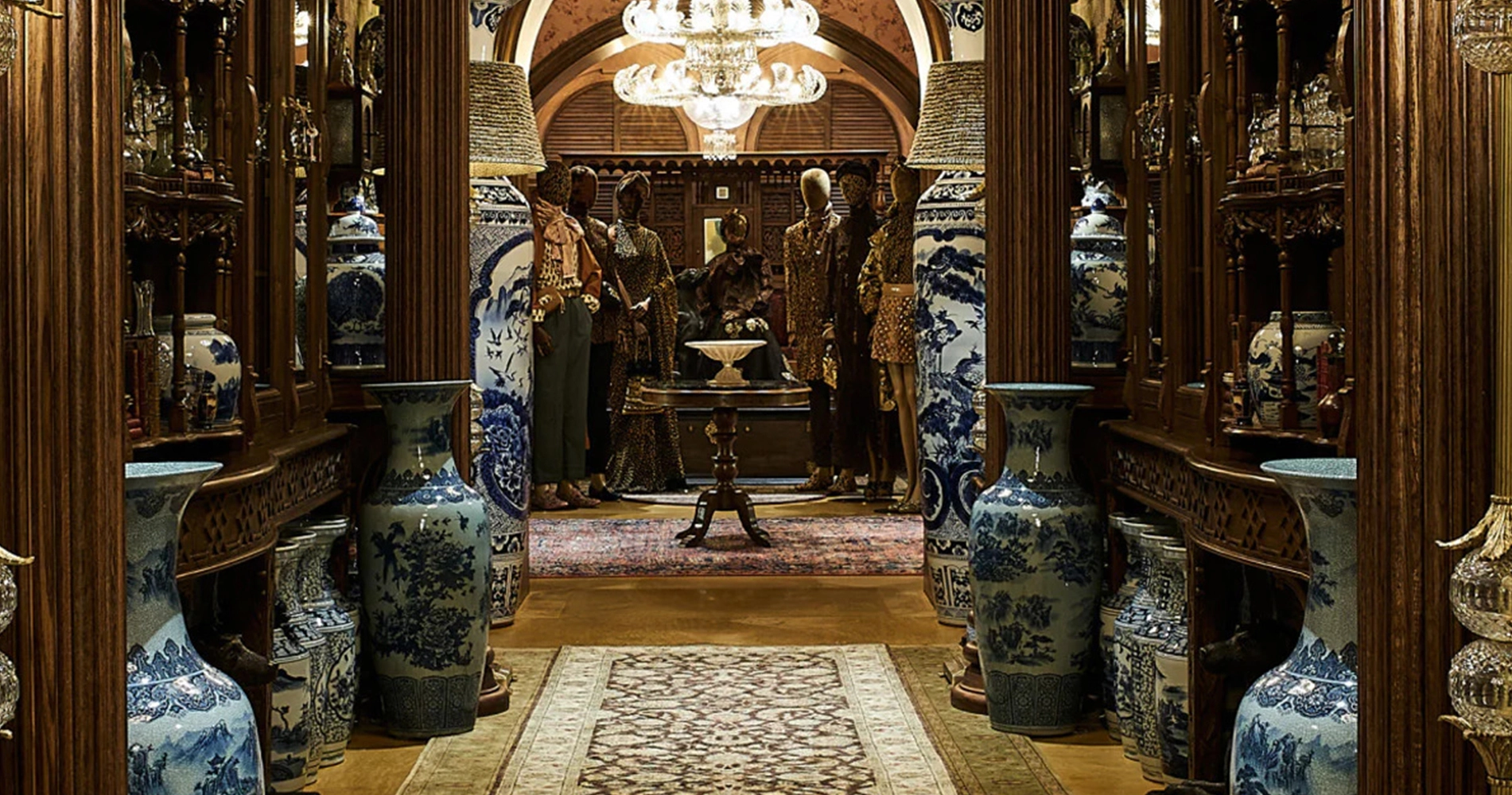Introduction
When it comes to weddings, Pakistani culture is known for its grandeur and vibrant celebrations. Central to this celebration is the exquisite Pakistani bridal dresses, which captures the essence of tradition and elegance. These dresses are a true reflection of the rich cultural heritage of Pakistan, blending ancient customs with modern trends to create stunning ensembles that leave everyone in awe.
The Significance of Pakistani Bridal Dresses
In Pakistan, weddings are considered a momentous occasion, celebrated with great enthusiasm and joy. The bridal dress holds immense significance, as it symbolizes the bride’s identity, status, and cultural heritage. Pakistani bridal dresses are carefully crafted to reflect the values and traditions of the region they originate from.

Traditional Elements in Pakistani Bridal Dresses
Pakistani bridal dresses are a harmonious blend of traditional elements and contemporary designs. They are often made from luxurious fabrics such as silk, chiffon, and organza, adorned with intricate embroidery, zari work, and embellishments like sequins, beads, and stones. The dresses feature exquisite detailing, including handcrafted motifs, delicate threadwork, and intricate patterns inspired by Mughal art and architecture
The Color Palette of Pakistani Bridal Dresses
In Pakistani weddings, colors hold great importance, as they represent different cultural meanings and emotions. Red has traditionally been the dominant color for bridal dresses, symbolizing love, passion, and prosperity. However, modern Pakistani brides are now embracing a broader color palette, including shades of pink, gold, silver, maroon, and pastel hues. These colors add diversity and vibrancy to the bridal attire, allowing brides to express their individual style while staying rooted in tradition.
Regional Variations in Pakistani Bridal Dresses
Pakistan is a culturally diverse country, and each region has its unique bridal dress styles. In Punjab, the traditional bridal dress is known as the “lehenga,” a voluminous skirt paired with a short blouse and a sheer dupatta. Sindh, on the other hand, showcases the “ghagra choli,” a heavily embroidered skirt with a matching blouse and a traditional ajrak dupatta. The Balochi bridal dress is characterized by vibrant colors and mirror work, while the Pashtun bridal dress features intricate hand-embroidered patterns on velvet fabric.
Evolution of Pakistani Bridal Fashion
Over the years, Pakistani bridal fashion has witnessed a remarkable evolution. Designers have skillfully merged traditional elements with contemporary trends, creating modern silhouettes and experimenting with different cuts and drapes. Bridal dresses now incorporate fusion styles, combining elements of Eastern and Western fashion to cater to the changing preferences of the modern Pakistani bride.
The Role of Designers in Pakistani Bridal Fashion
Pakistani fashion designers play a vital role in shaping the bridal fashion industry. Renowned designers like HSY, Nomi Ansari, and Sana Safinaz have revolutionized the bridal wear scene by introducing innovative designs, experimenting with fabrics, and pushing the boundaries of creativity. They have showcased their collections at prestigious fashion weeks, both in Pakistan and internationally, further elevating the status of Pakistani bridal dresses on the global fashion stage.
Conclusion
Pakistani bridal dresses are a true embodiment of tradition and elegance, reflecting the rich cultural heritage of the country. These dresses celebrate the diversity of Pakistan’s regions while embracing contemporary fashion trends. With their vibrant colors, intricate craftsmanship, and opulent designs, Pakistani bridal dresses continue to captivate the world and leave an indelible mark on the bridal fashion landscape. They serve as a testament to the beauty and grandeur of Pakistani weddings and the enduring legacy of the country’s rich cultural traditions.





